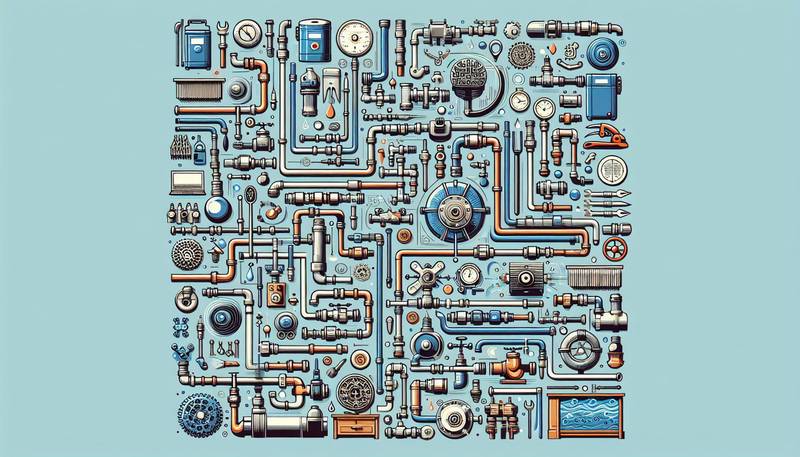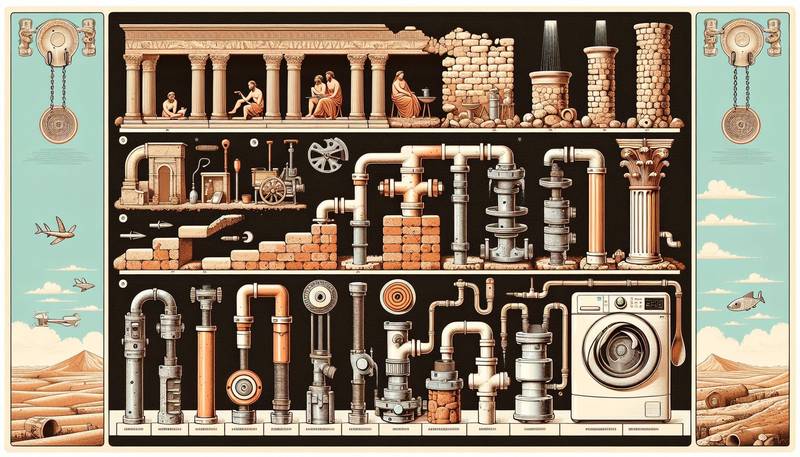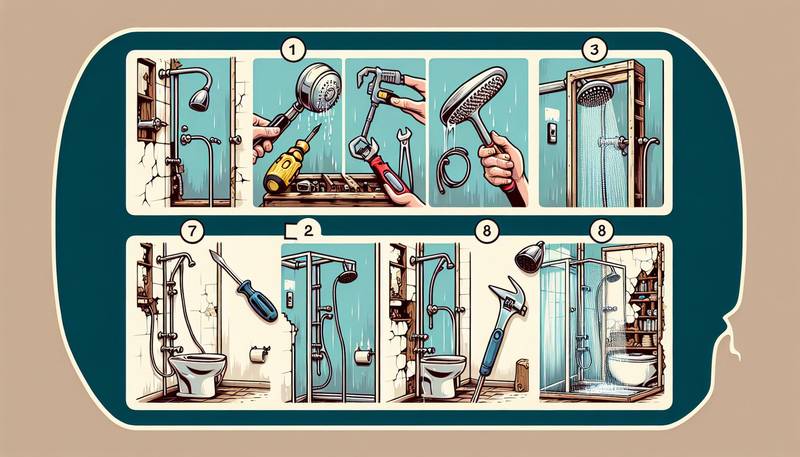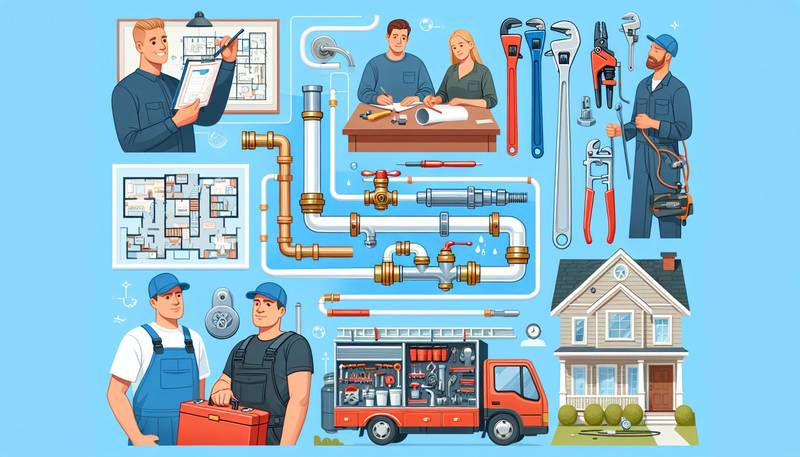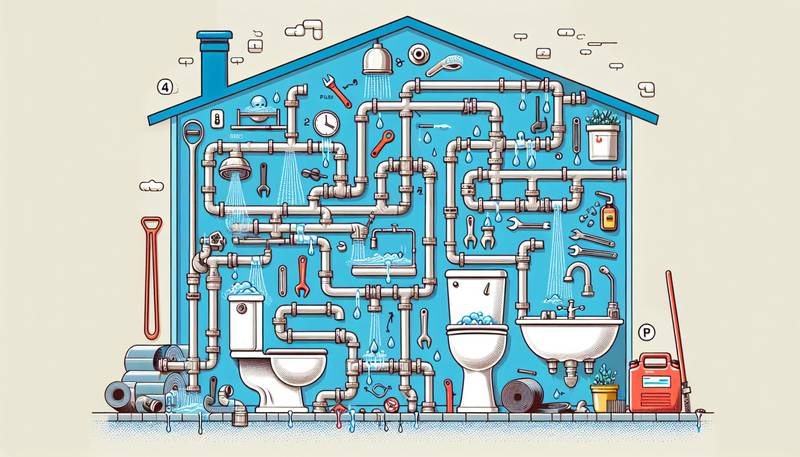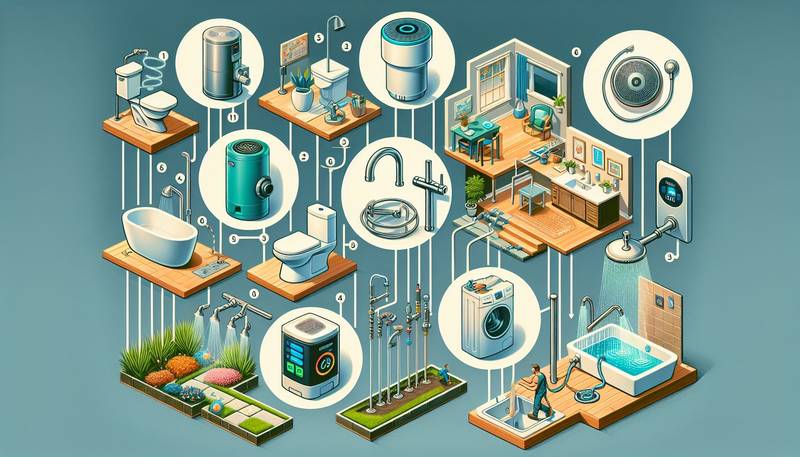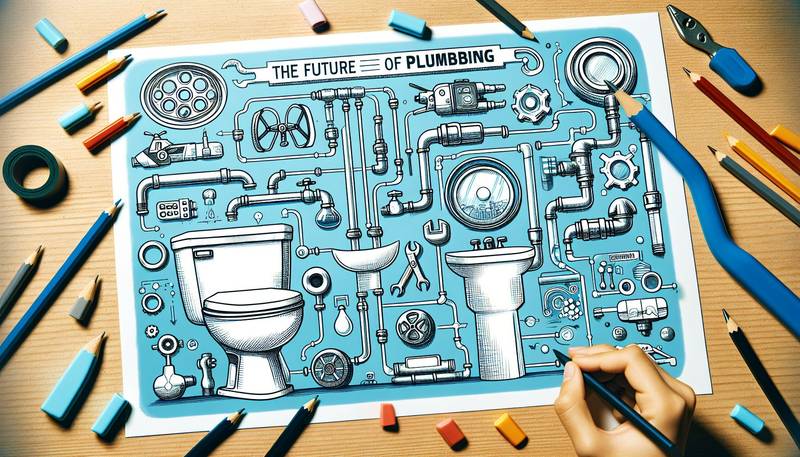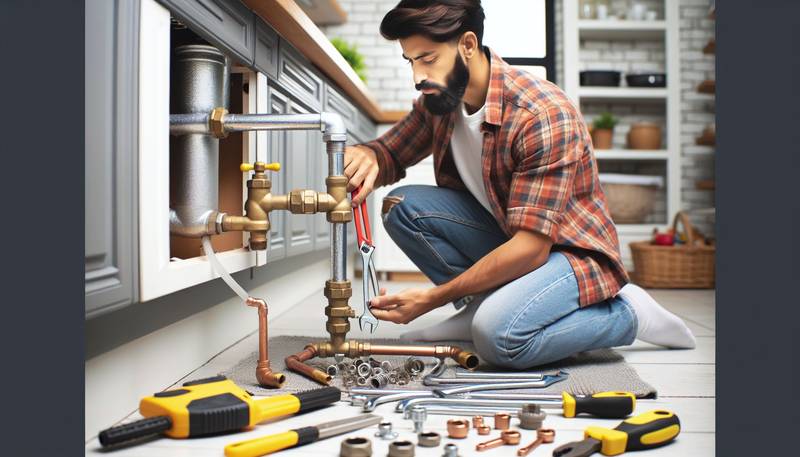Crack the Code: Understanding Plumbing Regulations and Standards
In this article, we will delve into the world of plumbing regulations and standards, breaking down the key concepts and providing insights on how to navigate this intricate landscape.
The Importance of Plumbing Regulations
Plumbing regulations are put in place to protect public health and safety by ensuring that plumbing systems are designed, installed, and maintained properly. These regulations cover a wide range of aspects, including the materials used, the design of the system, and the qualifications of the individuals involved in the installation and maintenance processes.
Failure to comply with plumbing regulations can have serious consequences, such as the contamination of drinking water, the spread of diseases, and even property damage. By adhering to these regulations, plumbers and building owners can help prevent such dire outcomes and ensure that their plumbing systems are safe and functional.
Understanding Plumbing Codes
Plumbing codes are sets of rules and regulations that govern the design, installation, and maintenance of plumbing systems. These codes are developed and enforced at both the national and local levels, with the goal of promoting uniformity and consistency in plumbing practices.
One of the most widely recognized plumbing codes in the United States is the International Plumbing Code (IPC), which is updated regularly to reflect advancements in technology and changes in building practices. Familiarizing oneself with the IPC and other relevant codes is critical for anyone working in the plumbing industry, as it provides a framework for ensuring compliance with regulatory requirements.
Key Components of Plumbing Regulations
Plumbing regulations cover a wide range of technical requirements that must be met when designing and installing plumbing systems. Some of the key components of plumbing regulations include:
- Pipe Sizing: Determining the appropriate size of pipes based on factors such as flow rate, pressure, and material.
- Fixture Requirements: Ensuring that fixtures such as sinks, toilets, and showers meet specific standards for performance and efficiency.
- Ventilation: Providing adequate ventilation to prevent the buildup of harmful gases and odors in the plumbing system.
- Backflow Prevention: Installing devices to prevent the reversal of water flow, which can contaminate the potable water supply.
By understanding these key components and how they interact with one another, plumbers can ensure that their plumbing systems meet regulatory requirements and operate safely and efficiently.
Navigating Plumbing Standards
In addition to plumbing codes, there are also various standards that govern specific aspects of plumbing systems, such as materials, fixtures, and installation practices. These standards are developed by organizations such as the American Society of Sanitary Engineering (ASSE) and the National Sanitation Foundation (NSF), and are often referenced in plumbing codes.
Complying with these standards is essential for ensuring the quality and reliability of plumbing systems. By following industry best practices and using products that meet established standards, plumbers can guarantee that their work is of the highest caliber and will stand the test of time.
Conclusion
Plumbing regulations and standards are a vital aspect of the plumbing industry, providing the foundation for safe and efficient plumbing systems. By understanding the key concepts and requirements outlined in these regulations, plumbers can ensure that their work meets regulatory standards and protects public health and safety.
It is crucial for all plumbing professionals to stay informed about the latest developments in plumbing regulations and standards, as they are continually evolving to address new challenges and technologies. By staying up to date and adhering to best practices, plumbers can build a reputation for excellence and contribute to the collective goal of creating a safer and healthier built environment.
